Fitbit has become synonymous with the word fitness tracker, but as the company is now in its tenth year it has decided to expand into a whole new market for the first time. Long rumored, we finally have the first Fitbit smartwatch and it’s called the Ionic.
The company has combined its fitness know-how with a variety of companies it has bought - such as Pebble, which Fitbit acquired late last year - and brought it all together to make an impressive new wearable for its range.
Offering similar features to expensive alternatives such as the Apple Watch 2 and Android Wear, the Fitbit Ionic may be the smartwatch that you choose to wear when you’re next out running or going to the gym.
Fitbit Ionic price and release date
The Fitbit Ionic is the most expensive wearable from Fitbit. At £299.95/$299.95/AU$449.95 it costs more than the Fitbit Surge running watch, but is a little bit less than an Apple Watch 2 or LG Watch Sport.
You’ll have to wait a little bit longer to buy the Fitbit Ionic though as it won’t be released officially until October this year. That’s a global rollout so we hope to see the Fitbit smartwatch available in all of the company’s normal territories by the end of that month.
We know there’s a release confirmed for the US, UK and Australia, but the exact release date remains unclear.
Design and display
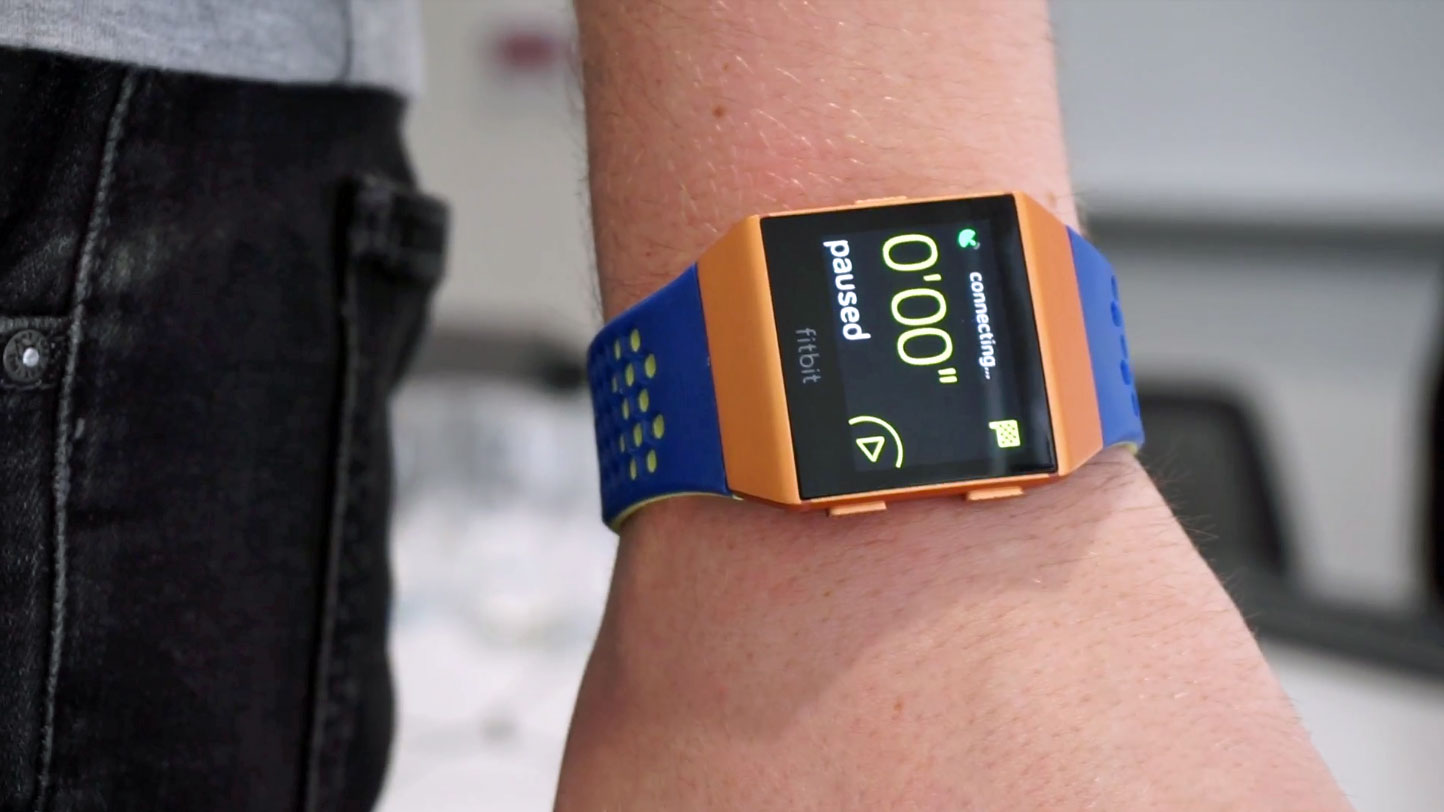
The Fitbit Ionic is a comfortable fit on your wrist and compared to a lot of modern smartwatches is particularly light. So much so that you'll instantly notice how lightweight this feels on your wrist, which hopefully should make it a pleasant fit while you’re working out.
We also found it comfortable to wear while typing on a keyboard.
It’s waterproof, so you can take this in the shower or even go swimming with it and not have to worry about flooding the internals.
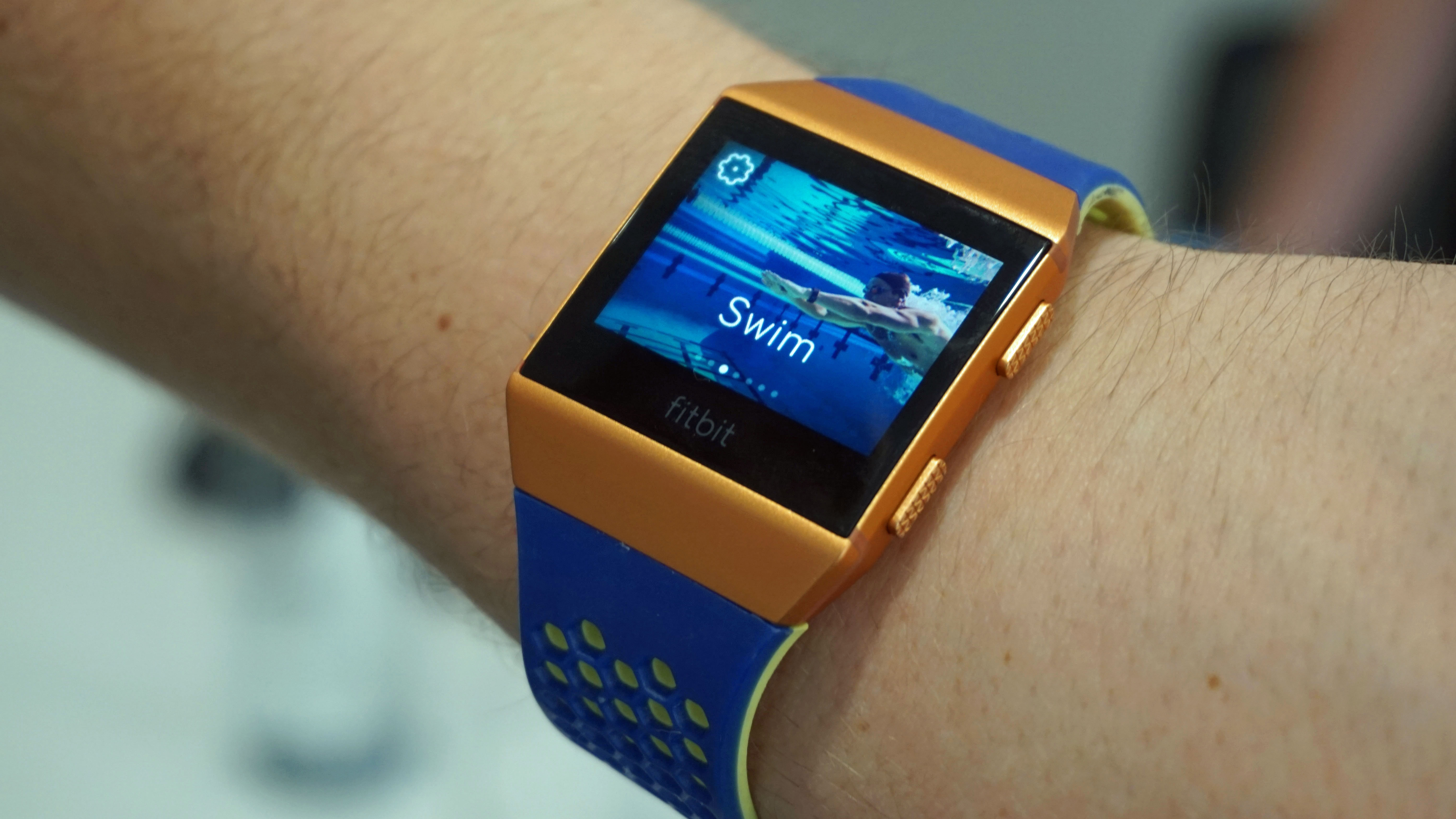
The body of the watch is made of aluminum and features very small antenna bands on the sides, but it’s attractive and is easily the best looking Fitbit product so far.
There’s one hardware button on the left hand side with another two on the right that sit in similar positions to the Fitbit Blaze and help you move around the watch’s UI.
Each is slightly raised too, as Fitbit thinks this will help you find them when you’re fumbling around for the buttons while sweating and trying not to throw up when truly pushing yourself.
There are leather and plastic strap options available too with secure fasteners on each so it won't fall off when you're out for a jog.
The display on the Ionic is a full color screen that’s rectangular, unlike the more square Apple Watch or most Android Wear watches, but it is reminiscent of the Blaze’s screen. This time it’s quite a bit bigger though and that’s down to much thinner bezels than before.
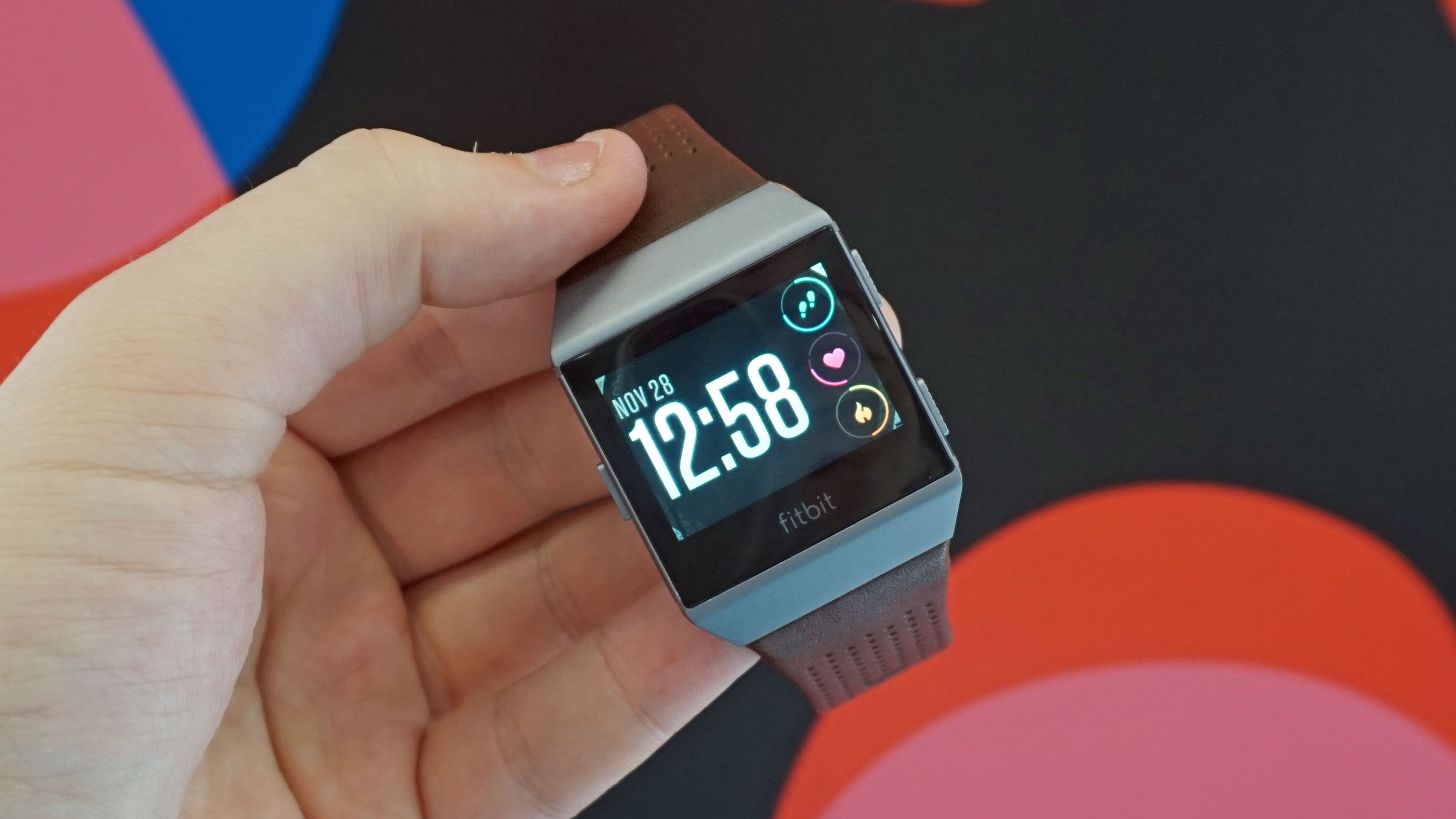
You should note there are still bezels here though and the Fitbit logo is annoyingly placed just below the screen, taking up quite a bit of room on the wearable.
The resolution of the screen is 384 x 250 LCD and we particularly like how bright it was able to go, reaching 1000 nits, which is the same as the Apple Watch 2 and should mean you can read it even in bright sunlight.
Fitness features
All of the fitness features you’ve come to know and love on other Fitbit products are here and there are a few upgraded elements too.
The Ionic features a heart rate tracker, which according to the company is even more accurate than on other Fitbits thanks to shiny new algorithms behind the scenes and a design that means it sits much closer to the skin.
There’s built-in GPS here too, and Fitbit reckons your connection should be better than on the Fitbit Surge as the antenna bands are placed in optimal positions to ensure a better tracking connection.
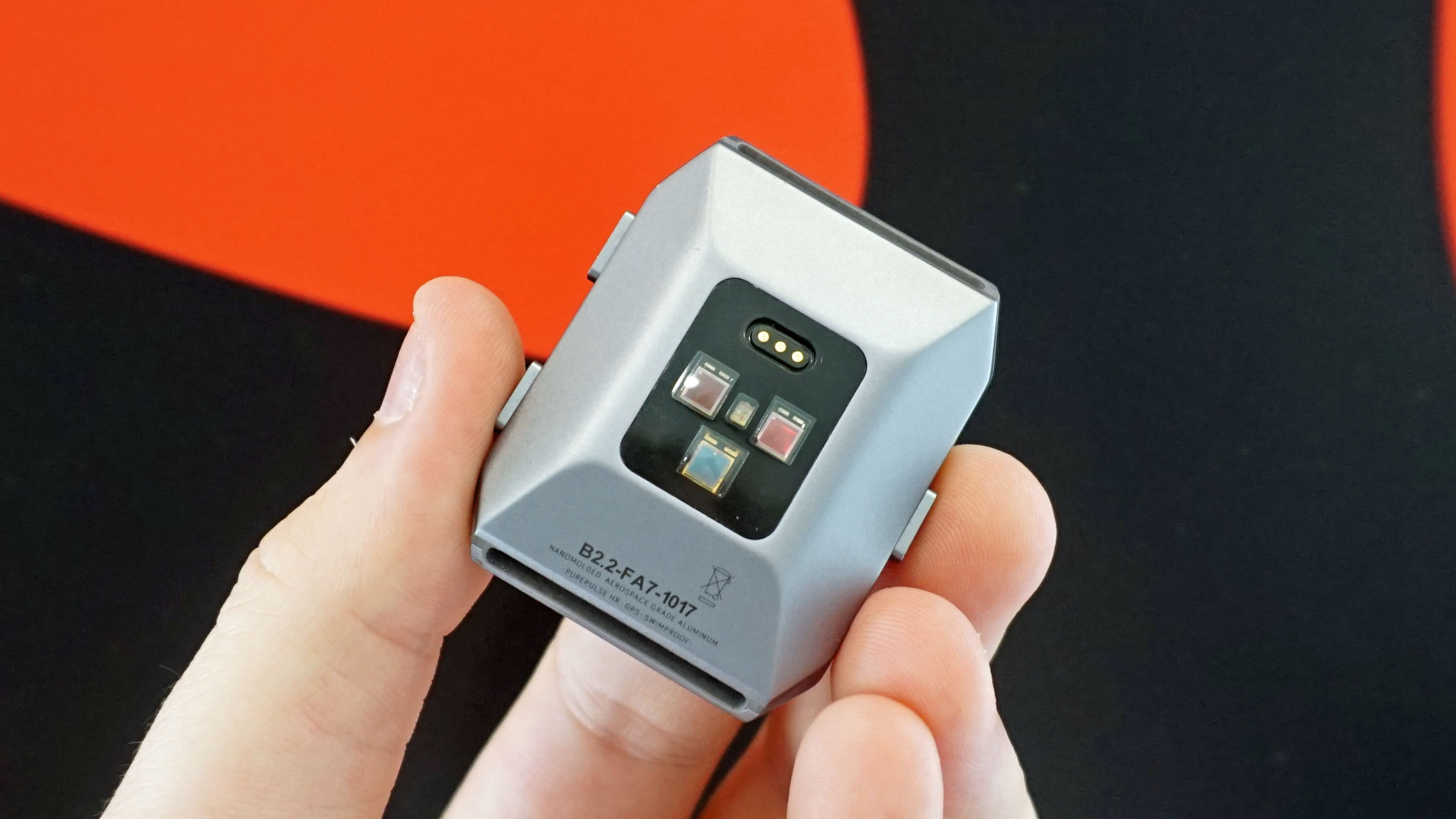
New features for running include an automatic pause option, which should notice for example when you’ve stopped to cross at some traffic lights and pause your workout, then start up immediately when you begin exercising again.
Battery life may suffer when you’re using GPS though as Fitbit estimates the Ionic will only last 10 hours of constant tracking, but if that’s true it’s around the same amount you’d get from a lot of running watches.
Without GPS on, Fitbit reckons the Ionic will last for four days with normal usage. If you’re exercising or reading a lot of notifications from the watch you can expect the wearable to die off a little quicker than that though.
We’ll be sure to fully push the battery on the Ionic for our upcoming full review.
Fitbit has also included workouts in its new Fitbit Coach feature that replaces the Fitstar app.
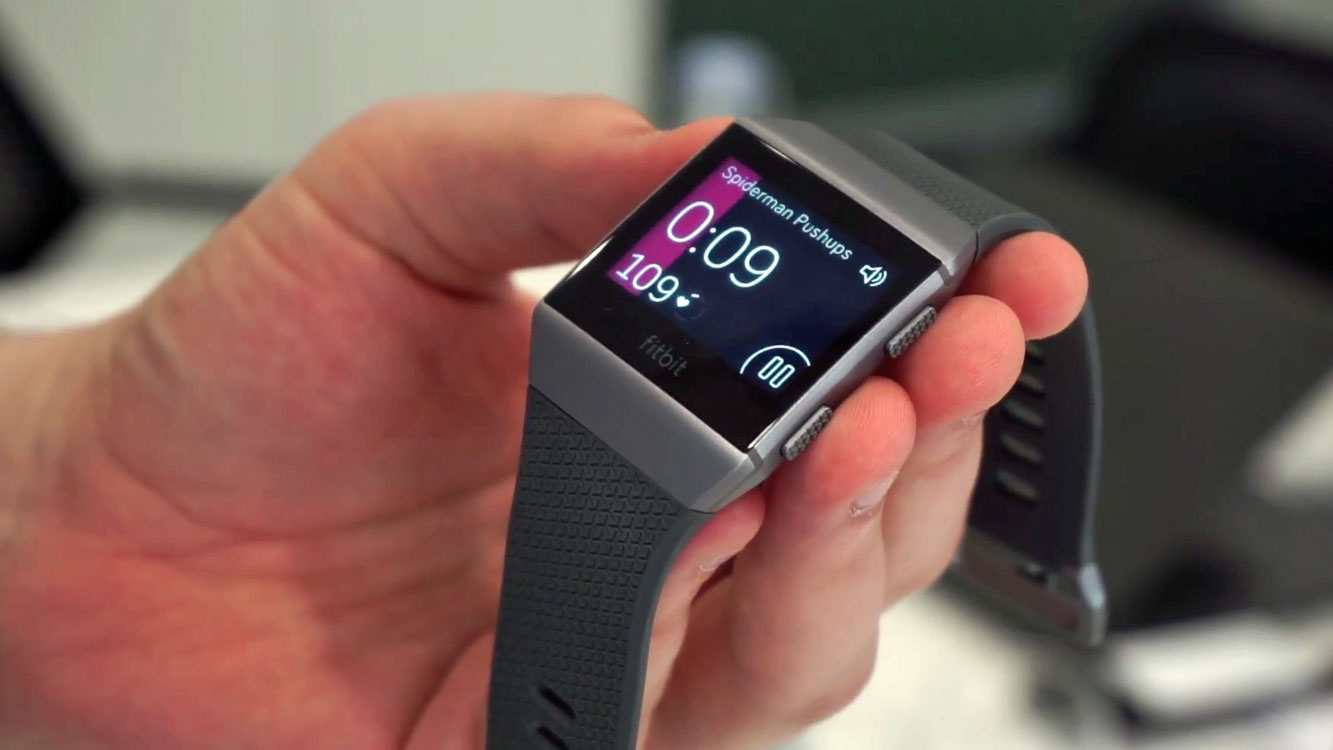
These are tailored workouts that will show you exactly what to do, then every time you complete one you can supply feedback so it can work out whether you need something easier or harder next time.
The aim here is to help you improve and while it seems like quite a basic system it should encourage you to try different types of exercise. Plus Fitbit plans to also bring audio workouts to the Ionic.
Fitbit has also included an SpO2 sensor here to monitor blood oxygen levels - in a similar way to the Samsung Galaxy S8 - but the feature won’t be enabled at launch and is included as something Fitbit will push out at a later date.
Apps
The Ionic comes with its own App Gallery – Fitbit is insistent this isn’t an app store – that includes Fitbit’s own services as well as third-party apps. Right now it’s unclear what third-party options will be included, but we know at least Strava and AccuWeather will be in the mix.
And Fitbit is opening up the SDK for third-party developers, so hopefully we’ll see other services such as Spotify get involved in the Fitbit space too.
At launch, everything on the Ionic App Gallery will be free, but there may be paid for alternative apps at some stage in the future. You'll also be able to download new watch faces for the Fitbit Ionic from the App Gallery.
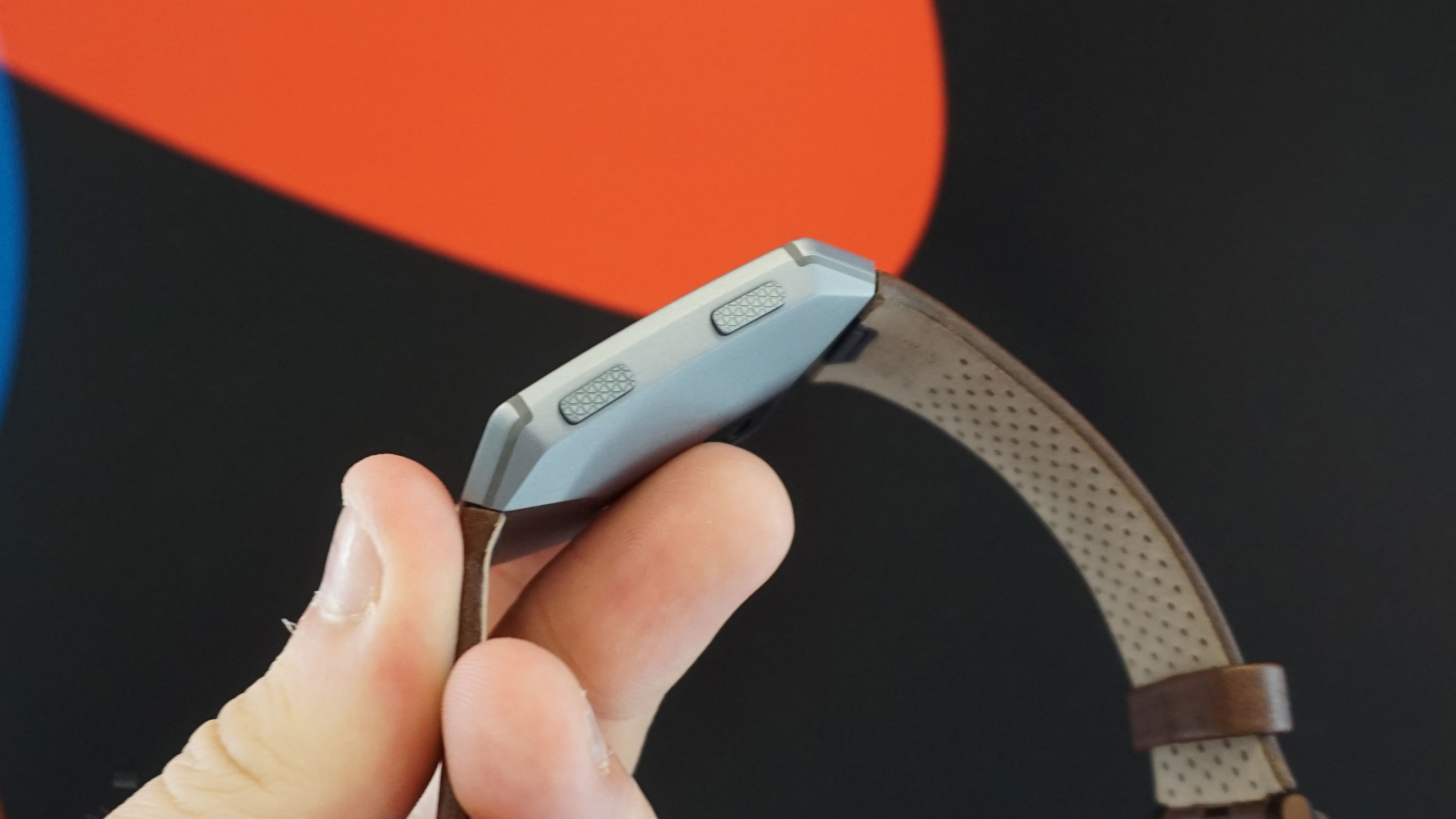
So far, the apps provided seem to work slickly, but we’ve only used a prototype running Fitbit-made apps, so we can’t fully judge the performance of the wearable or the quality of third-party apps.
The Fitbit Ionic will work alongside the Fitbit app on your phone, which is compatible with most modern iOS, Android and Windows Phone devices.
Other features
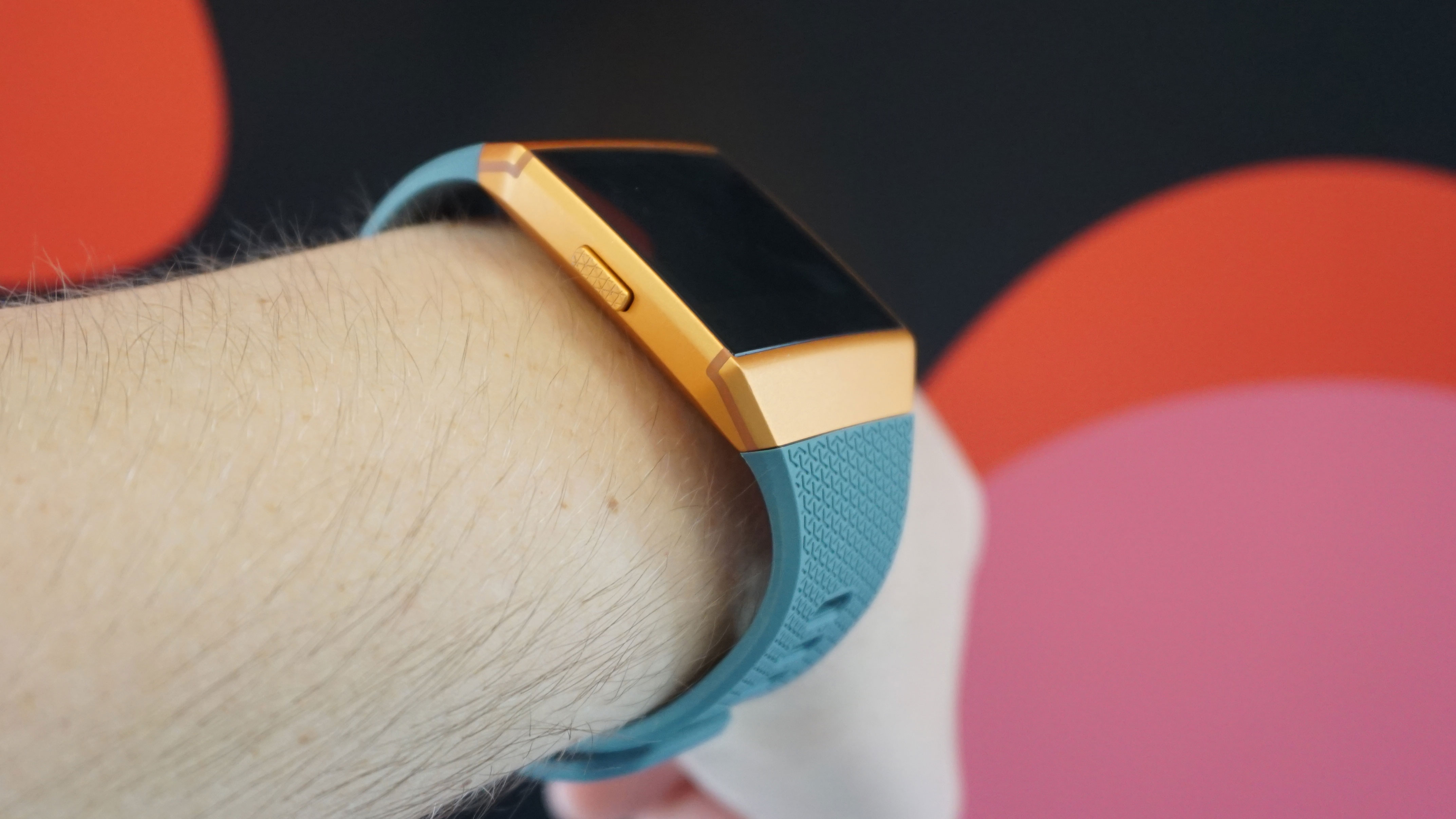
Fitbit is also including mobile payments on the Ionic through its own service called, you guessed it, Fitbit Pay. This is based on tech from a company called Coin that Fitbit bought a few years back and will allow you to use NFC to pay on contactless terminals with your wrist.
Fitbit is partnering with Visa, American Express and Mastercard for this, but you’ll need to make sure your bank is offering the service and we’re yet to hear which banks will be.
You can also upload music to the Fitbit Ionic with 2.5GB of free space. That’s not much and will only allow for around 300 songs, but if you have particular audiobooks, podcasts or albums you're always going back to there should be space for some of them here.
You can then connect Bluetooth headphones and listen to music on the go without having to take your phone on your run.
We also now know the Fitbit Ionic may be a useful device for those with diabetes. If you pair the watch with a Dexcom G5 Mobile sensor (a specialist device that costs $900 (about £690, AU$1,120) it'll be able to display your glucose levels so you can monitor your health.
It's an interesting concept and may make the Fitbit Ionic a must-have device for those with diabetes.
Early verdict
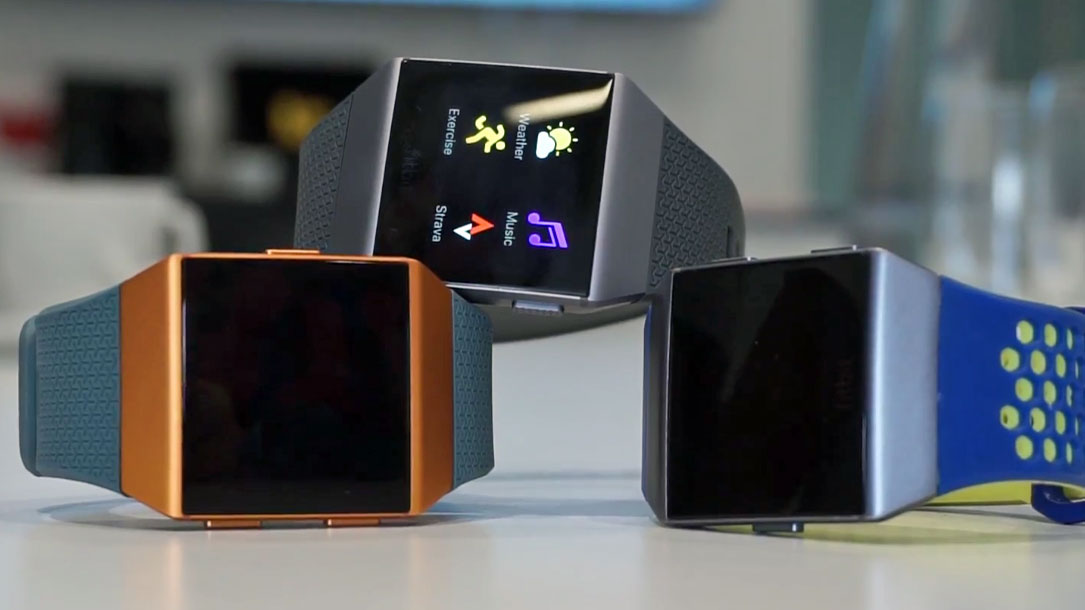
There’s a reason Fitbit is the most popular wearable company in the world right now and that’s down to its combination of great hardware and easy to use software that helps the everyman improve his fitness. The Ionic will only build on that.
It won’t be cheap, but if you’re looking for an enjoyable smartwatch experience with fitness focused internals and some extra bundled in features, the Ionic may be designed just for you.